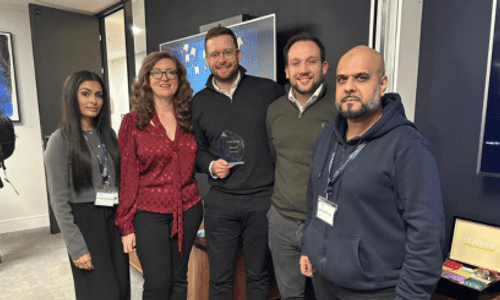
Latest News
Harvey Nash awarded Allegis Rising Star Award for the EMEA region
November 19, 2025 - Harvey Nash is delighted to announce that we have been awarded the Allegis Global Solutions Rising Star Award for the EMEA region,...
Building a data‑dream team
In a recent opinion piece for Computer Weekly, Jack Capel, UK South Director, expresses that organisations must get their data foundation right before...
A turning point in the AI talent race
In a recent piece for Computer Weekly, Simon Crichton, Harvey Nash CEO, argues that the U.S. decision to hike visa fees for skilled workers may mark a...
Nash Squared Announces Integration of Spinks Brand into Harvey Nash
Nash Squared, the global leader in technology and talent solutions, today announced the integration of the Spinks brand into Harvey Nash, its speciali...
Leading global teams in the age of AI
Andy Heyes, Managing Director UK&I & Central Europe, was recently featured in the Silicon article From Gap to Growth: How Enterprises Are Rethinking T...
Digital leadership in Scotland
FutureScot’s recent article, AI, efficiency and the next wave of digital leadership in Scotland, explores how Scotland’s public sector is responding t...
Why data roles are at the heart of the AI boom
Data roles are becoming increasingly critical as organisations look to harness AI effectively. The demand for professionals skilled in managing, struc...
AI and Machine Learning Trends 2025: A UK Hiring Outlook
Artificial Intelligence (AI) and machine learning (ML) have moved rapidly from experimental projects to mainstream business priorities in the UK. Orga...
How is AI reshaping entry-level cybersecurity hiring?
Mo Gaibee, Associate Consultant at Harvey Nash, was recently featured in a CSO Online article exploring how AI is reshaping entry-level cyber hiring a...
Get in touch
If you're looking to secure your next role or make your next best hire, we'd love to help. Get in touch to speak with one of our consultants today.









